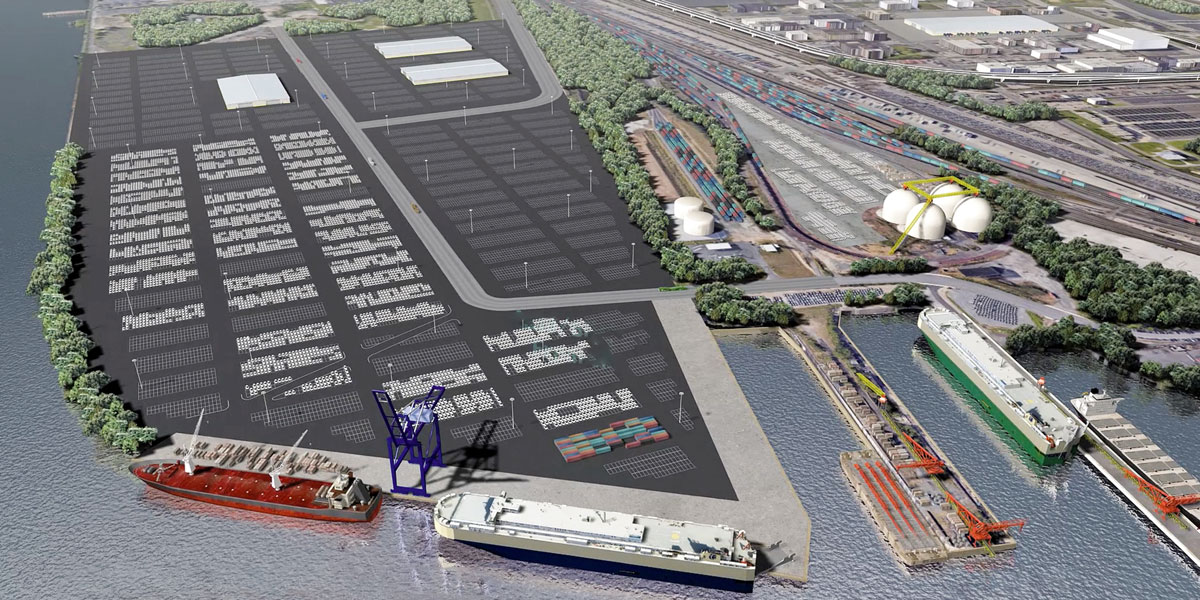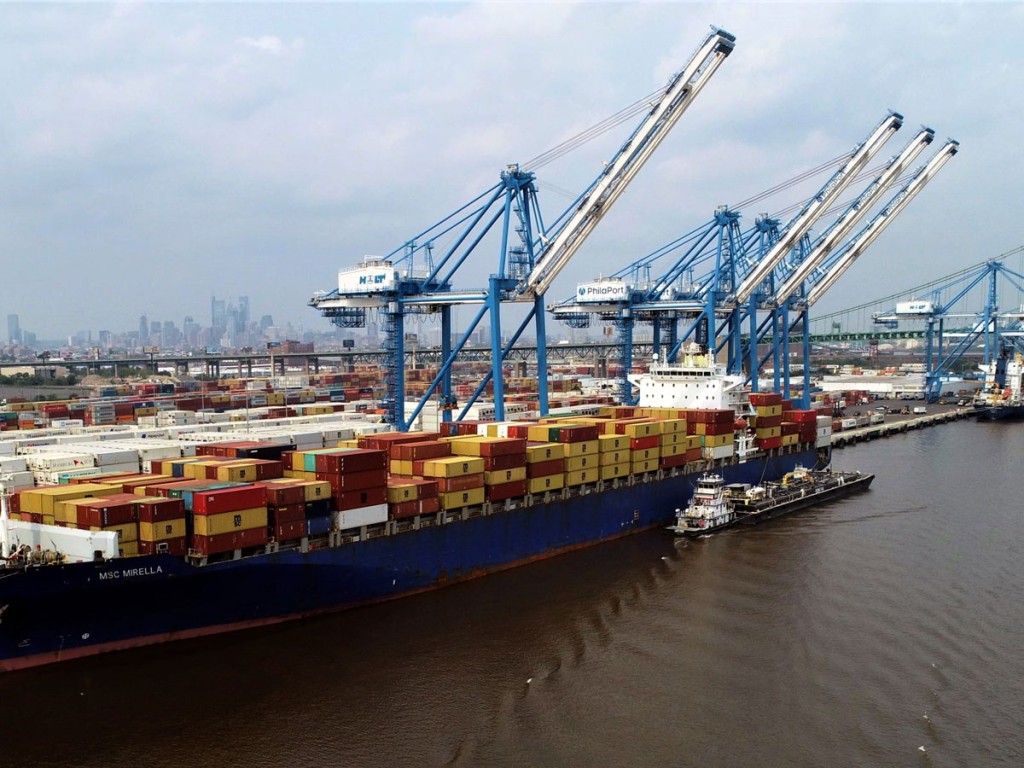
Already handling record cargo volumes, the Port of Philadelphia, marketed as PhilaPort, is looking to further enhance its infrastructure thanks to a newly announced injection of nearly a quarter of a billion dollars of Commonwealth of Pennsylvania funding.
The $246 million state investment announced Feb. 4 by Pennsylvania Gov. Tom Wolf (see accompanying box) should furnish a welcome boost, facilitating the advancement of a new multipurpose berth at the port’s SouthPort Marine terminal and other projects, according to Jeff Theobald, PhilaPort’s executive director and chief executive officer.
“Today,” Theobald added, “we have no congestion at the port, and we sit in the center of the world’s richest consumer market. When the proper infrastructure improvements are made, the cargo will follow. We are creating greater velocity and efficiencies. Major shipping companies have been quick to react to such improvements.”
The latest funding allows PhilaPort to launch its Port Development Plan 2.0, building upon accomplishments made possible under a $300 million initiative – dubbed Port Development Plan 1.0 – announced in late 2016 by Gov. Wolf.
The 1.0 plan has brought PhilaPort development of the initial vehicle-handling phase of the SouthPort facility, Pennsylvania’s first new marine terminal in nearly a half-century; significant upgrades at PhilaPort’s primary container-handling installation, the Packer Avenue Marine Terminal, including a trio of super-post-Panamax cranes, joining two similar units newly installed by a terminal operating affiliate of Holt Logistics, as well as two ship-to-shore gantries previously in place; and construction of hundreds of thousands of square feet of additional on-dock and near-dock warehouse space.
Also, the port is benefiting from completion in 2020 of the $500 million federally-backed endeavor to deepen the Delaware River channel to 45 feet at mean lower low water.
PhilaPort’s longtime director of marketing, Sean Mahoney, told AJOT that he sees the latest state funding not only supporting the building of the SouthPort multipurpose berth but also increasing operational efficiencies and capacity at the Packer Avenue facility and enabling the development of even more warehousing.

The announcement isn’t the only thing PhilaPort is celebrating this month. On Feb. 1, officials reported that the port established a number of new high marks in cargo activity in calendar 2021, including:
- Handling 739,323 twenty-foot-equivalent units of containerized cargo, up 15 percent from the port’s 2020 TEU count
- Having an overall total of 7,062,523 metric tons of cargo crossing port docks, up 10 percent from 2020 and eclipsing the prior pinnacle of 6,868,747 tons, reached in 2017
- Moving 1,288,226 metric tons of breakbulk goods, an increase of 19 percent from the prior record, set in 2020
In 2021, the port handled nearly three times as much steel tonnage and more than twice as many tons of cocoa beans as it had in 2020 while seeing volumes of wood pulp and lumber each rise 11 percent on a year-over-year basis.
Little wonder that Jerry Sweeney, board chairman of the Philadelphia Regional Port Authority, proclaimed at the Feb. 4 funding announcement event, “We can compete with any port on the U.S. East Coast.”





